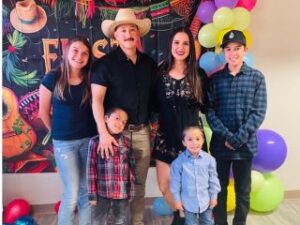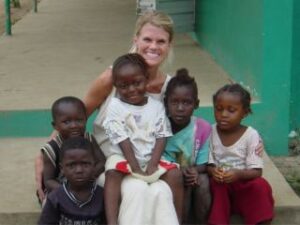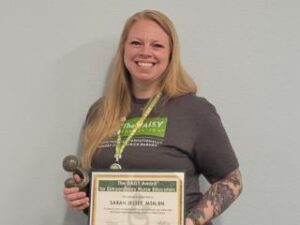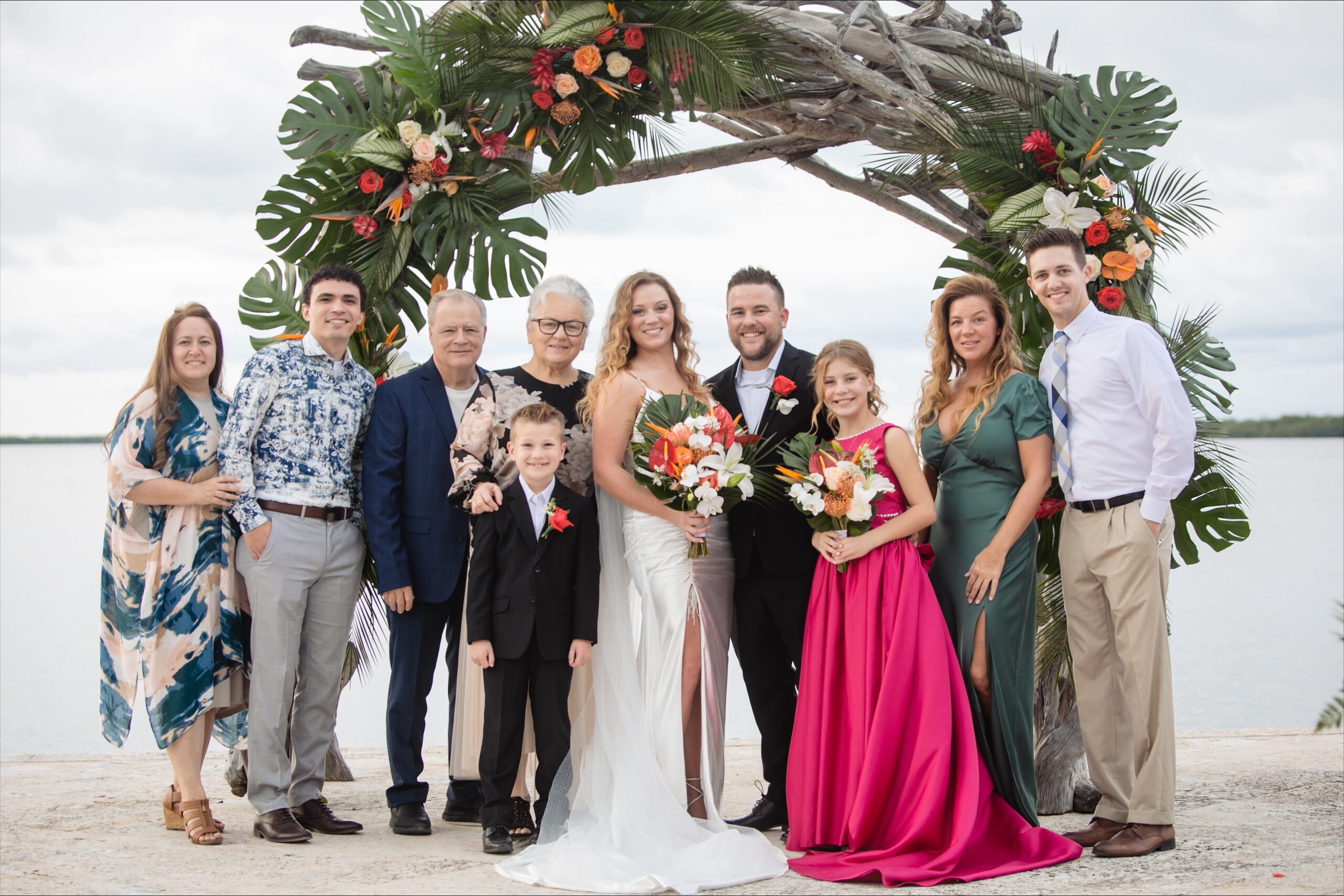 Christa Lopez’s life primarily revolves around two families: first, her personal family – her 23- year-old son, her parents, her aunts and uncles with whom she adventures around the world each year on large family trips of 20 or 30 relatives – travelling to Mexico, Italy, Paris, the Riviera or other parts of Europe. As she says, “When you’re looking at the Eiffel Tower you want to share that with someone you love.” All of these travels are conceived and organized by Christa, whose talent for organizing not only revolves around family but also with her second family: the teaching staff and students of the Diagnostic Medical Sonography (DMS) program in Bakersfield.
Christa Lopez’s life primarily revolves around two families: first, her personal family – her 23- year-old son, her parents, her aunts and uncles with whom she adventures around the world each year on large family trips of 20 or 30 relatives – travelling to Mexico, Italy, Paris, the Riviera or other parts of Europe. As she says, “When you’re looking at the Eiffel Tower you want to share that with someone you love.” All of these travels are conceived and organized by Christa, whose talent for organizing not only revolves around family but also with her second family: the teaching staff and students of the Diagnostic Medical Sonography (DMS) program in Bakersfield.
After working for ten years as a sonographer, she moved to Bakersfield to be close to her son who was going to college there. She received several calls from radiologists for work. But when she received a call about teaching sonography, she accepted the role even though she said, “at first I thought it was out of my wheelhouse. But now I’ve gone from practicing sonography to teaching many sonographers.” She started at SJVC in August 2024 as a Clinical Coordinator and within six months of being hired, she was promoted to Program Director of the DMS program at Carrington College – Bakersfield.
Christa practices what she preaches: she cares about her family, her church community, and her work community. This is her story.
 Having been a sonographer and now Program Director of the DMS program, tell me what you think it takes to be a good sonographer.
Having been a sonographer and now Program Director of the DMS program, tell me what you think it takes to be a good sonographer.
- – Compassion. First thing you need is compassion. You have to care. Care about your patients’ welfare and care to do the most thorough job of reporting what you see.
- – Dedication. You have to have dedication, a desire to work hard at your studies to learn everything. It is an intense program. This is not something to skate by.
- – Initiative. You have to take the initiative to learn as much as you can: to do the extra assignments in open lab, and really learn from the positive feedback when it’s given.
- – Know the Theory. You have to know the theory behind the order to apply it when asking questions of the patient to get more facts: simple questions like why did you come in, where is the pain. It’s important to have curiosity about the situation, but most importantly, you have to have the theoretical knowledge to see what you’re observing.
How did you get interested in sonography yourself?
While I was working in finance, I saw my sister working as a nurse; it seemed more rewarding as a job to help people. I didn’t feel nursing was for me, but wouldn’t it be great to be a part of saving lives. And then I had a scary experience where an ultrasound detected a problem in my heart. I had a brother who passed away at 6 years old from a heart condition; it really made an impression on me of the impact this ultrasound had on my life. And I wanted to pay it forward.
Why is it so important that a sonographer skillfully working on a technical machine needs to care about the patient?
Patients are often in the unknown stage of their diagnosis and at their most concerned. We’re first a kind of professional handholder. I worked at one time in interventional radiology and a lot of the work was walking the patient through what the procedure would be. You can also ask questions and get more information about their condition, symptoms, etc. Radiologists, who make the diagnosis, really appreciate that we help in this process. It calms the patients down.
 How much of an impact does sonography have on the diagnosis?
How much of an impact does sonography have on the diagnosis?
The diagnosis is 100% tech dependent; therefore, we have to do our best. It is life impacting. If we don’t catch it now, the treatment and outcome can be very different. So, we bear the burden of that responsibility. We have to absolutely know what we’re looking at.
You are an inspirational person, going from practicing in the field to Program Director for teaching sonography. Was there anyone that inspired you along the way?
Well, as Program Director, it’s hard to narrow it down to one person. When I came here it was so different from working bedside. I had a great upper administration that I work with. The Dean, who I go to often, has been phenomenal. But I also want to say the faculty has been incredible in their response. They truly care about the students’ education. I feel I get a lot of the credit, but I give it back to the team. They have been supportive of my ideas, like extending hours to give students more open lab opportunity; it never was an issue. The feedback in the community has also really improved. They are seeing a direct impact and results.
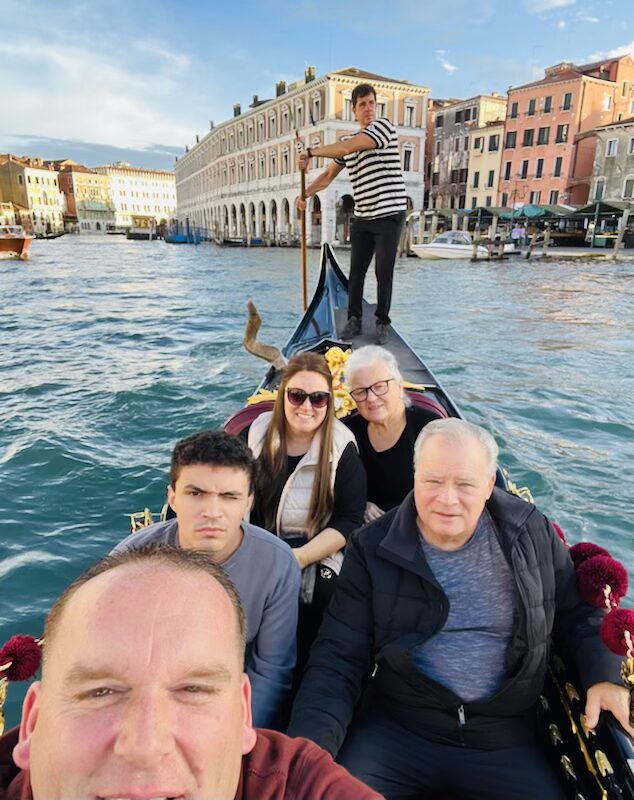 Having been a sonographer and now Program Director of the DMS program, tell me what you think it takes to be a good sonographer.
Having been a sonographer and now Program Director of the DMS program, tell me what you think it takes to be a good sonographer.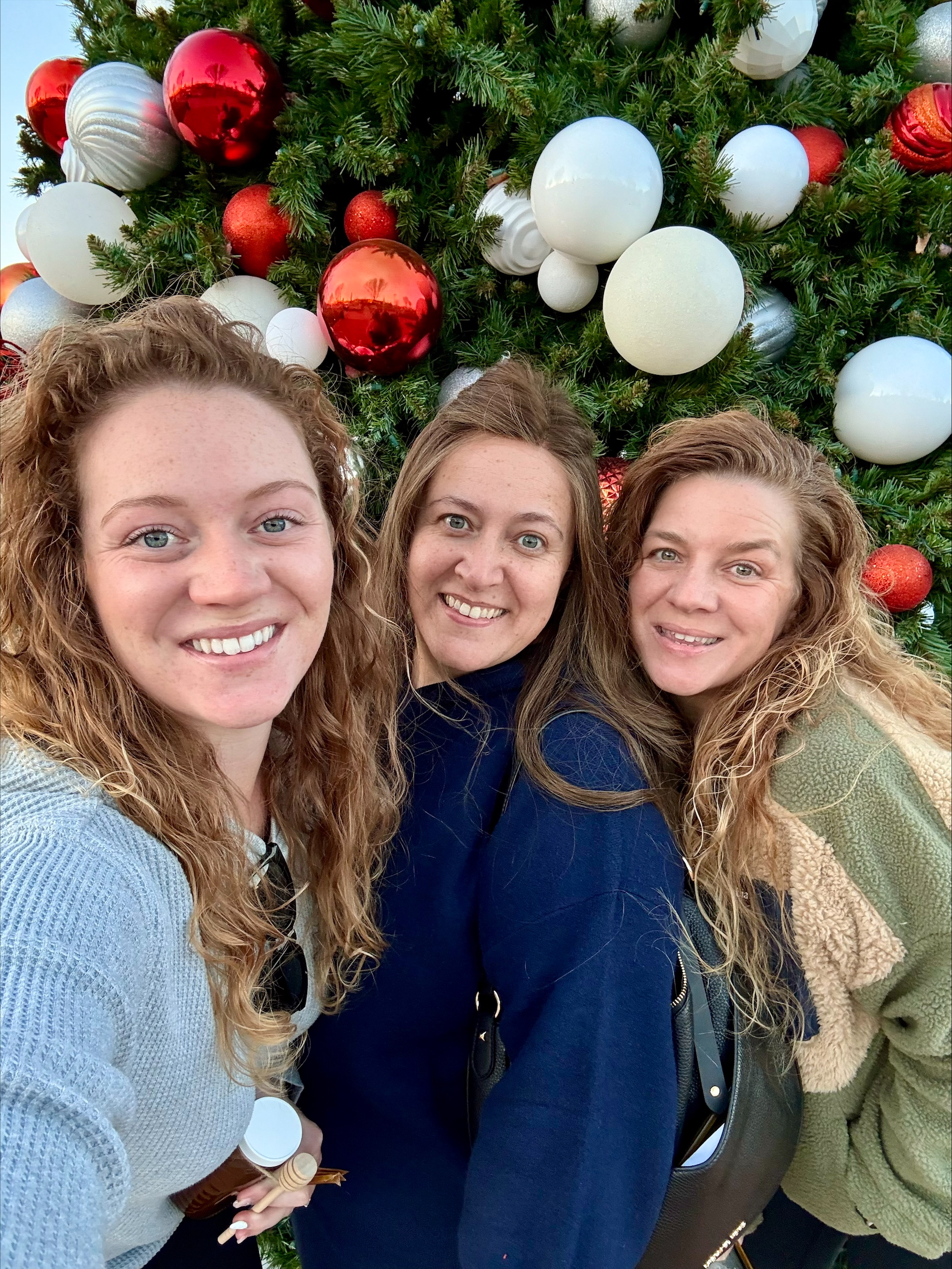 How much of an impact does sonography have on the diagnosis?
How much of an impact does sonography have on the diagnosis?
